Frankfurt Auto Show: You Can't Always Want What You Get

Carmakers spend millions of dollars on producing concept cars for the Frankfurt Auto Show et. al. But what is a concept car? Is it something a car company is going to do, wants to do, or might one day do? Yes. There are three main categories: teasers (cars that will eventually hit the market in castrated form), styling exercises (masturbatory, image-building efforts that showcase a carmaker's abilities) and science fiction (the shape of things not to come). Needless to say, teasers first.
Ford's Verve may be a tease, but it sure left me feeling satisfied. The model’s lean proportions and aggressive stance are four-wheeled foreplay, while the detailing shows a masterful grasp of sex appeal. Check out those flush aluminum window frames and the interior lighting straight from a high-class mobile phone. I’m sure we’ll see elements of the Verve on the forthcoming Fiesta and Ka, hopefully without birthing a bastard. Cigarette?
Speaking of teases, it seem like the “new” Chevy Camaro has been playing peek-a-boo since John F. Kennedy told Berliners he was a jelly donut. Although the convertible version shown in Frankfurt is fresh, there’s a fine line between a permanent tease and a damn bore. Transformer? I’m done with her. In contrast, Honda's Accord Tourer Concept is practically a done deal, set for introduction in 2008. It is a super-clean design that wanders over the aesthetic border into sterility– not unlike generic-Japanese cars of the 1990s.
BMW thinks its ready-for-’08 X6 is a "completely new kind of car." Ja, it’s part sports car, part SUV. The official description sounds like the beginning a bad joke, but people who don't know what kind of car they want (except that they want a BMW) will take it seriously enough to keep the factory humming. Unlike the majority of this century’s Bangled Bimmers, the X6 isn’t ugly. But I couldn’t find anything particularly likeable in this escapee from Dr. Moreau's island.
Mitsubishi’s Concept-cX showcar may be equally conflicted, but the execution is pretty darn good for an undead company. The cX has Scion’s typography and lots of Mitsubishi styling cues, such as the Lancer's shark's mouth. It’s also slathered in “Green Plastic;” a polymer made from bamboo stolen from hungry pandas. Anyway, the cX certainly improves on the Suzuki SX-4 which inspired it.
VW salesmen pining for the word “Up!” get their own car. Its slab sides and unimaginative design evoke the spirit [sic] of the existing Polo. It reminds me of Ulla in "The Producers,” who likes to "tidyy oop!" apartments (if only because I’m easily distracted). Sadly, the Up! is no four-wheeled Uma Thurman. With its rear-engine design, it probably won't drive as well, either.
The contrast to Toyota's iQ Concept couldn't be larger (smaller?). Toyota’s iQ is about the size of a Smart (go figure), looks more modern, seats three adults and one sprog (or four Oompa-Loompas) and shares crucial design clues with the Auris and Yaris.
Fellow columnist Jay Shoemaker is right: the Mercedes F-700 is a hit (and no, it doesn't use hydrogen fuel cell technology). Whether or not the DiesOtto engine (1.8-liter, 258hp) ever comes to fruition, the next, or next-to-next S-Class Mercedes, looks stunning. There's some HR Giger evilness to it, which is a good idea for a plutocrat's car. Inside, there’s none of the present S-class' grandfatherly design clues.
The detailing of the cross-town rival BMW’s CS concept is difficult in parts. Do we really want scalloped arches above the rear wheels? It does look appropriately long and swoopy though. If the replacement for the current 7-Series looks likes this, then we won't bitch (as much).
Another pleasantly evil design for 2012: the Nissan Mixim. It dark, geometric style is all about the Vader. Which is exactly the way a small car should look: easy on the Chihuahua, heavy on the Death Star. The Mixim boasts three-abreast seating, a wraparound video screen and lots of origami detailing.
The Koreans are on a [pletzel] roll, and they have the concepts to prove it. The Kia Kee [first image] copies some elements of the Audi Awwwww– I mean, R8. But it’s a good idea of a sports car for 2010. And the Hyundai iBlue is a good (if blurry) vision of a one-box people-carrier of the future: large yet approachable.
Yes, the future is one-box– at least that’s what science fiction movies have been saying for the past 15 years. And thus, GM/Opel's Flextreme (take THAT Ford Flex and Mr. Funkmaster) provides the usual Sci-Fi elements: opposite-opening doors, low sills, flexible seating. We've seen it all before, but it looks pretty good when executed this well. One question, though: will all cars in the future have Segways coming out of their butts?

More by Martin Schwoerer
Latest Car Reviews
Read moreLatest Product Reviews
Read moreRecent Comments
- Ajla My understanding is that the 5 and 7-Series cater almost exclusively to the Chinese market and they sell them here just so they don't look weak against Mercedes and Audi.
- EBFlex Interesting. We are told there is insatiable demand for EVs yet here is another major manufacturer pivoting away from EV manufacturing and going to hybrid. Did these manufacturers finally realize that the government lied to them and that consumers really don’t want EVs?
- Kwik_Shift_Pro4X What's worse than a Malibu?
- MaintenanceCosts The current Malibu is poorly packaged; there's far more room inside a Camry or Accord, even though the exterior footprint is similar. It doesn't have any standout attributes to balance out the poor packaging. I won't miss it. But it is regrettable that none of our US-based carmakers will be selling an ordinary sedan in their home market.
- Jkross22 You can tell these companies are phoning these big sedans in. Tech isn't luxury. Hard to figure out isn't luxury.This looks terrible, there are a lot of screens, there's a lot to get used to and it's not that powerful. BMW gave up on this car along time ago. The nesting doll approach used to work when all of their cars were phenomenal. It doesn't work when there's nothing to aspire to with this brand, which is where they are today. Just had seen an A8 - prior generation before the current. What a sharp looking car. I didn't like how they drove, but they were beautifully designed. The current LS is a dog. The new A8 is ok, but the interior is a disaster, the Mercedes is peak gaudy and arguably Genesis gets closest to what these all should be, although it's no looker either.



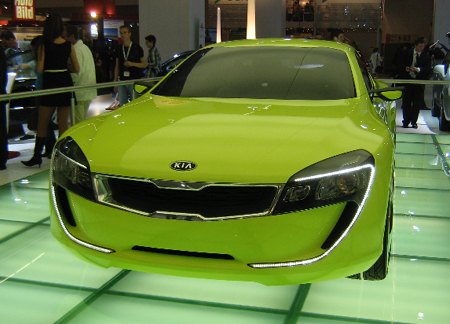
























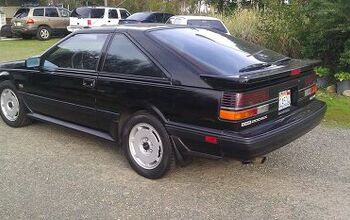
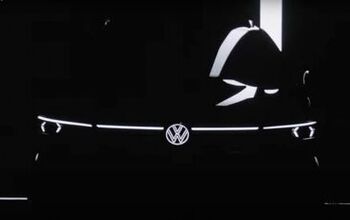

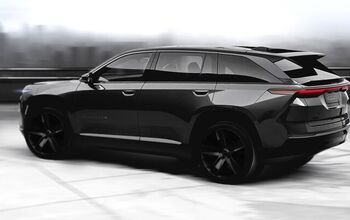

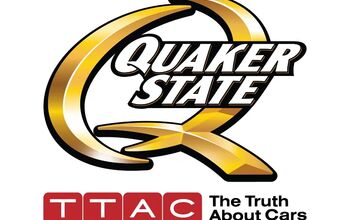
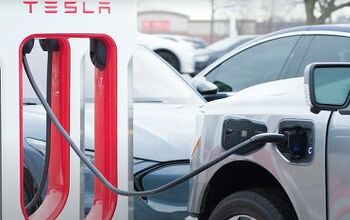
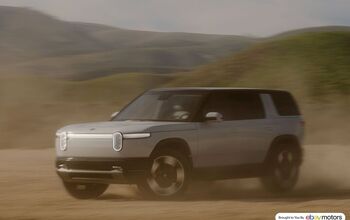
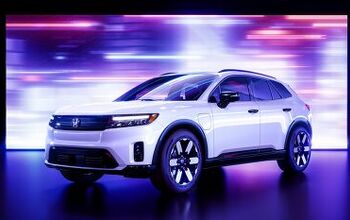



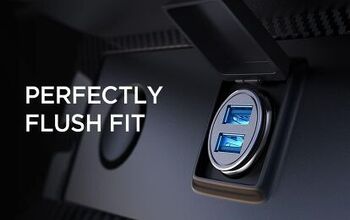

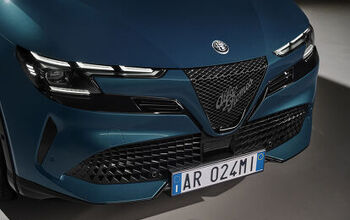
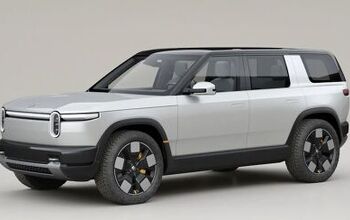
Comments
Join the conversation
TTAC shoud do a piece about MB-s hybrid offencive in Frankfurt. Germans use to talk lot of crap about hybrids in the past, now Merc, Porsche/Audi are presenting a whole line up of hybrids, which will be in production starting in 2009 (gasoline-electric) and compared with present in-production Lexus counterpart powerplants Merc has really nothing special to offer.
Didn't the German's publicly state a few years ago they were throwing in the towel on the hybrid vs. diesel debate. They had decided the market was going electric hybrid and they needed to follow. I personnally think they shouldn't have given up or at least should be pushing the hydrolic hybrid they developed as an alternative, I personally think that approach is better than constanly converting kinetic energy to electric and then back again.